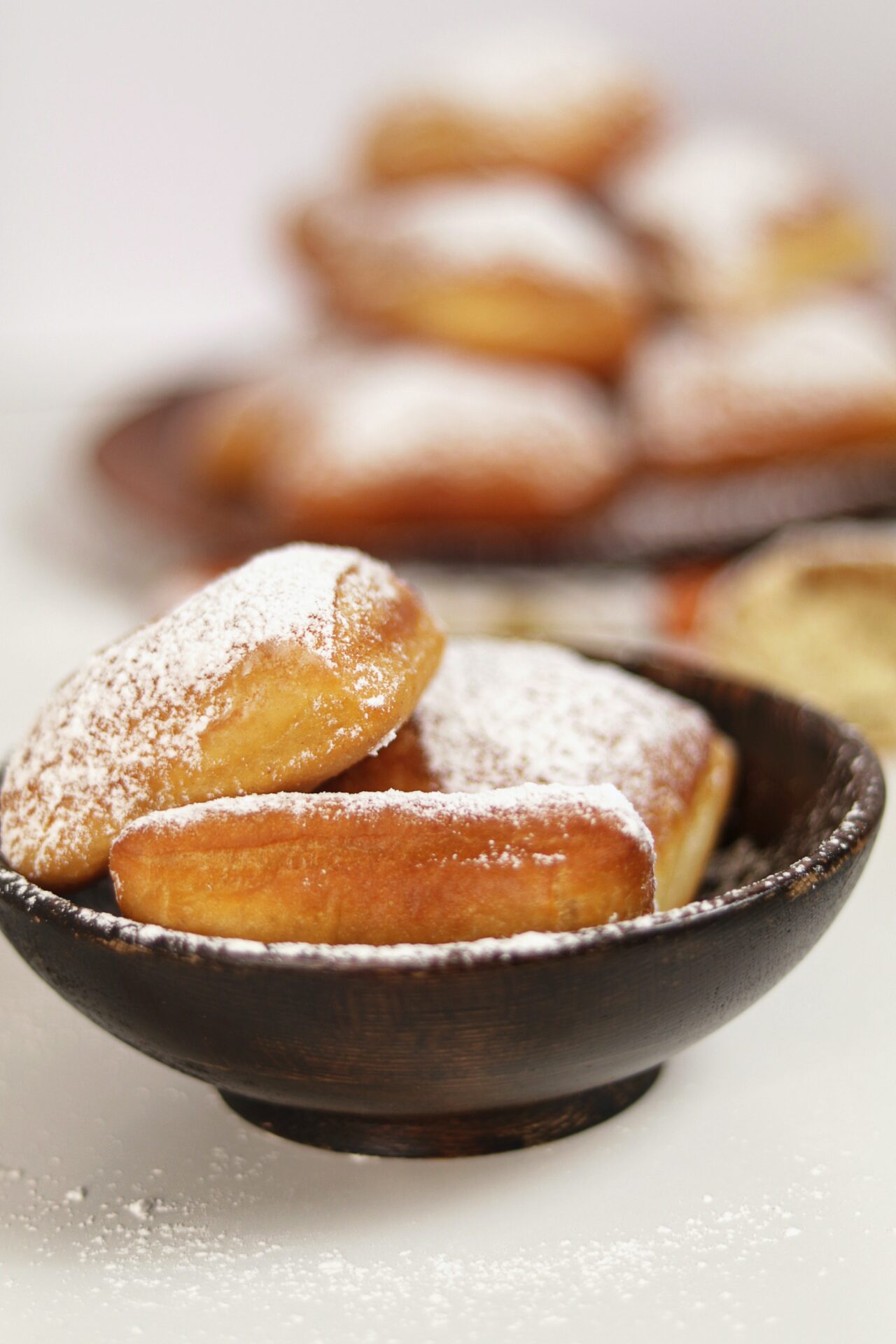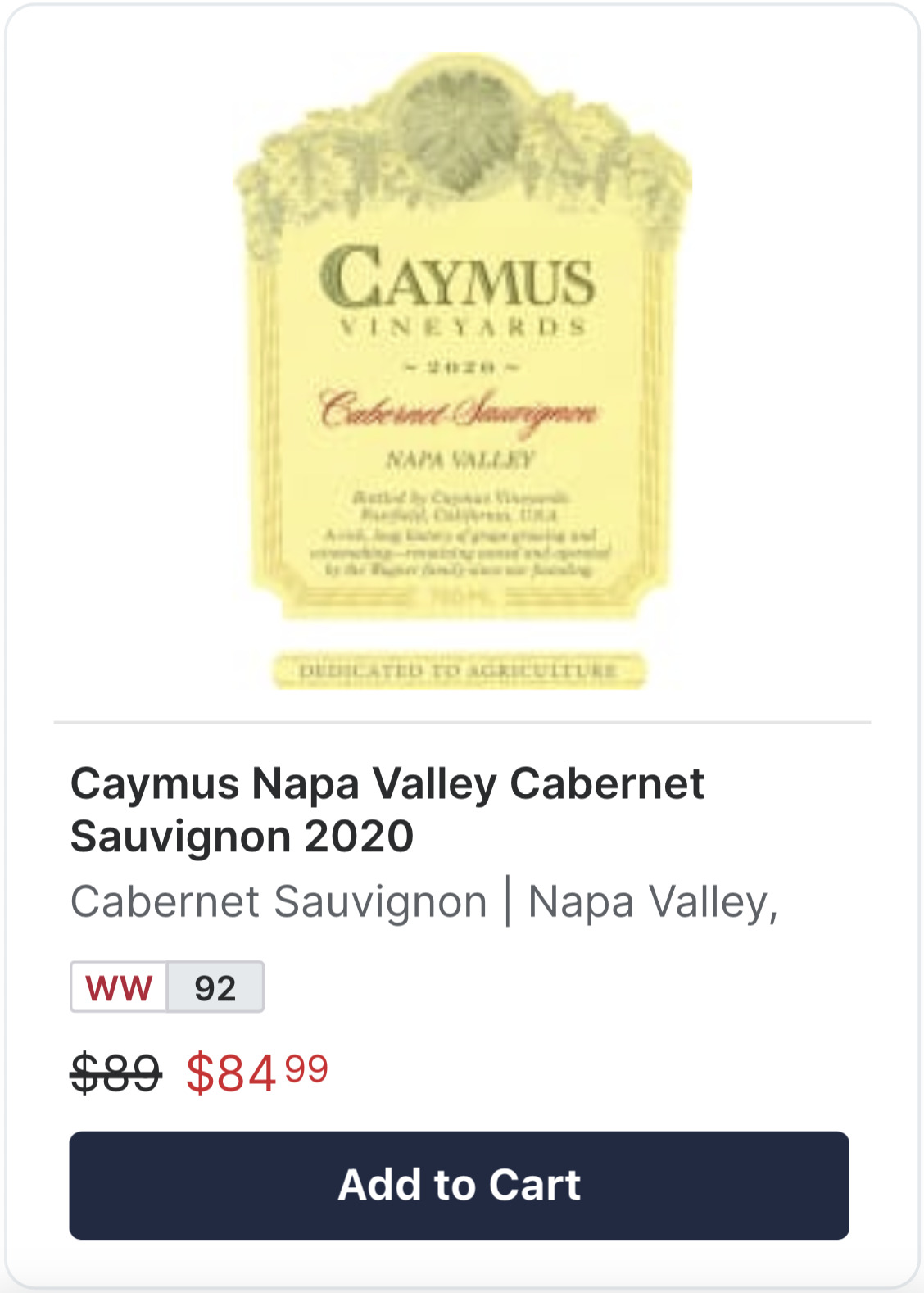
When you make purchases through our links we may earn a small commission.

Photo Credit: Keesha’s Kitchen
When it comes to indulging in delectable deep-fried treats, two beloved contenders often take center stage: beignets and funnel cakes. Originating from different regions and boasting distinct flavors and textures, these delightful delights have captured the hearts and taste buds of food enthusiasts around the world. In this blog post, we’ll explore the mouthwatering differences between beignets and funnel cakes, shedding light on their histories, ingredients, and unique culinary experiences.
The History
Beignets:
Beignets are a classic French pastry that has been delighting sweet-toothed individuals for centuries. Originating in France, these pillowy, square-shaped pastries were traditionally enjoyed during the pre-Lenten celebration of Mardi Gras. They were often served hot and dusted with powdered sugar, making them a delightful treat during carnival festivities. Today, beignets have gained worldwide popularity and are commonly associated with the iconic Café du Monde in New Orleans.
Funnel Cakes:
Unlike beignets, funnel cakes have their roots firmly planted in American culture. This deep-fried dessert first made its appearance in Pennsylvania Dutch Country during the late 19th century. The name “funnel cake” is derived from the method of pouring batter through a funnel into hot oil, creating intricate, lacy patterns that result in its unique appearance. A staple at fairs, carnivals, and amusement parks across the United States, funnel cakes have become synonymous with summertime nostalgia.
The Ingredients
Beignets:
Beignet dough is a simple yet magical combination of flour, water, yeast, sugar, milk, eggs, and salt.
The dough is typically allowed to rise, resulting in its fluffy and airy texture.
Once fried to golden perfection, beignets are generously dusted with powdered sugar, adding an irresistible sweetness to their already delicious flavor.
Funnel Cakes:
The batter for funnel cakes is equally uncomplicated, made from a mixture of flour, eggs, milk, baking powder, sugar, and a pinch of salt.
The unique aspect of funnel cake batter lies in its consistency, which is thin enough to pass through the funnel smoothly, yet thick enough to create the signature lacy pattern when fried.
Once fried, funnel cakes are commonly served with powdered sugar, chocolate sauce, fruit compote, or other tasty toppings.
The Texture and Taste
Beignets:
Beignets boast a light and fluffy interior with a slightly crispy outer layer. The combination of the airy texture and the sweet powdered sugar coating creates a mouthwatering balance between sweetness and subtlety. The beignet’s doughy goodness makes it an ideal companion for a warm cup of coffee, perfect for lazy Sunday mornings or as an afternoon pick-me-up.
Funnel Cakes:
Funnel cakes, on the other hand, are all about the texture. Their thin, delicate strands of fried batter offer a delightful crunch, while the slightly sweet taste complements the toppings and garnishes. The beauty of funnel cakes lies in their versatility, as they can be paired with an array of toppings to cater to individual tastes.
In conclusion, the beignet and the funnel cake each bring their unique cultural backgrounds, ingredients, textures, and flavors to the table. While beignets charm with their fluffy and doughy interior, funnel cakes captivate with their delicate, crispy strands and adaptability to different toppings. Whether you find yourself in the heart of New Orleans or at a bustling amusement park, both of these deep-fried delights promise to satisfy your sweet cravings and leave you with unforgettable taste experiences. So, the next time you encounter these tempting treats, embrace their differences, and savor every scrumptious bite!
- #TAGS: Baking, Beignets, Desserts, Funnel Cake












